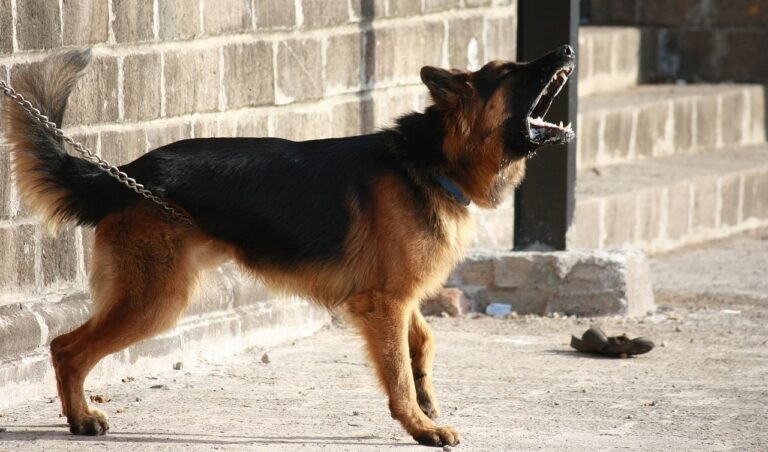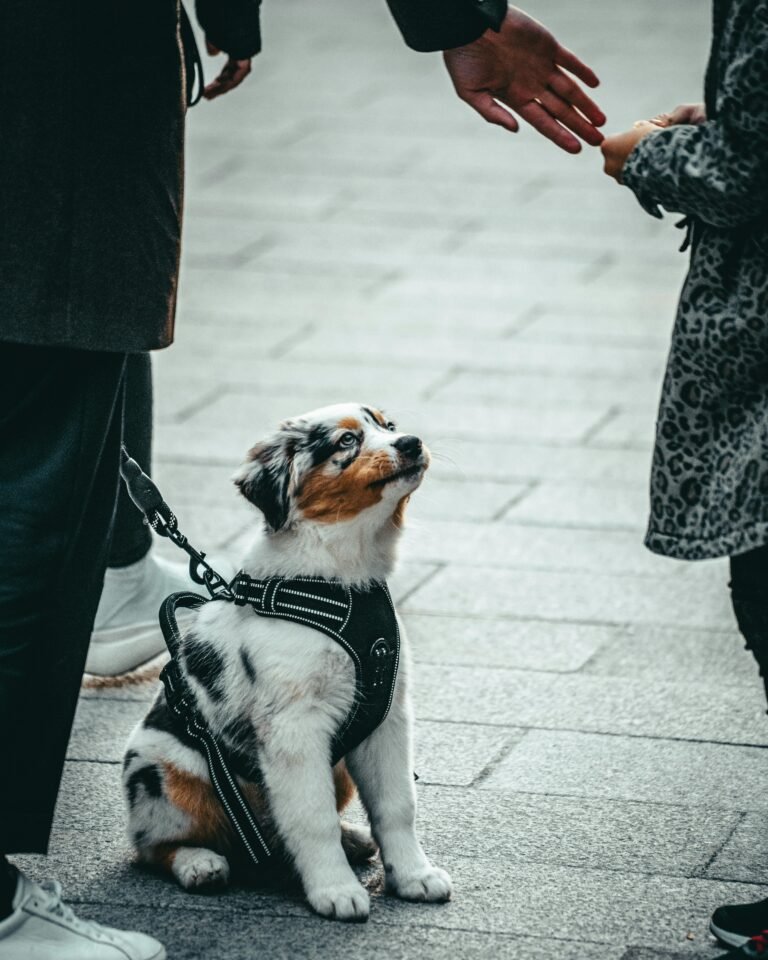Introduction
Walking your dog should be relaxing, not a tug-of-war. Yet many dogs pull ahead, zigzag across the path, or stop to sniff every few feet. If your daily walks feel more like resistance training than quality time, you’re not alone. The good news? You can teach your dog to walk calmly by your side without constant tension. With patience, consistency, and the right techniques, leash manners can become second nature—turning every walk into a smooth, enjoyable experience for both of you.
Why Dogs Pull on Leash
Pulling isn’t disobedience—it’s instinct. Dogs naturally walk faster than humans, and the world outside is full of irresistible smells and sights. When your dog pulls and you follow, they learn that pulling works. That’s why leash training focuses on teaching your dog that staying close gets them where they want to go faster and more comfortably.
Essential Gear for Leash Training
- Harness: Choose a front-clip harness that discourages pulling without choking. Avoid choke or prong collars—they can cause pain and stress.
- Standard leash: Use a 4–6 foot leash (no retractables) for better control and communication.
- Treat pouch: Keep small, soft treats handy to reward good behavior quickly.
Step 1: Teach Loose Leash Walking Indoors
Start training where distractions are minimal. Attach the leash and walk a few steps inside. The moment your dog walks beside you without pulling, click or say “yes” and give a treat. If they forge ahead, stop moving—wait for slack in the leash before continuing. This helps them learn that pulling makes the walk stop, while staying close keeps it going.
Step 2: Use the “Follow Me” Game
This simple game makes your dog pay attention to your movements.
- Start walking in one direction.
- When your dog catches up and walks beside you, reward immediately.
- Randomly change direction every few steps—turn left, right, or do a quick U-turn.
- Reward every time your dog adjusts and follows your lead.
Dogs quickly learn that it’s their job to watch and move with you—not the other way around.
Step 3: Reward the Position You Want
Decide where you want your dog to walk (left side, right side, or slightly ahead) and consistently reward that position. Drop treats next to your leg when they’re in the correct spot. Over time, your dog will naturally gravitate toward that area because good things happen there.
Step 4: Stop and Reset When Pulling Happens
When your dog pulls, don’t yank or scold—just stop walking. Wait quietly until the leash loosens or your dog turns back to you. Then praise and move forward again. This method teaches your dog that pulling = no progress, while slack leash = forward movement. It may take patience early on, but it works consistently.
Step 5: Add Focus Cues
Dogs can’t maintain leash manners if they’re distracted. Integrate focus cues into your walks:
- “Look” cue: Practice eye contact before and during walks to strengthen focus.
- “Let’s go” cue: Use it to signal the start of walking calmly.
- “Leave it” cue: Redirect attention from distractions like food, other dogs, or smells.
Step 6: Practice Short, Structured Walks
Don’t expect to fix pulling in one long outing. Do several short, focused sessions each day—5 to 10 minutes is plenty. Start in low-distraction areas (like your yard or driveway) and slowly move to busier streets as your dog improves.
Step 7: Reward Calmness, Not Just Obedience
Many owners reward only for “heel” or “sit,” but calm body language is just as important. Treat your dog for walking with a relaxed posture, loose leash, and soft focus. Reinforcing calm energy prevents overstimulation and reactivity in the long run.
Step 8: Introduce Real-World Distractions
Once your dog understands the basics, it’s time to practice in the real world:
- Start at a quiet park or path and reward frequently for good leash behavior.
- If your dog becomes distracted, use distance—move farther away from the trigger until they can focus again.
- Keep sessions short and positive, gradually increasing duration and complexity.
Remember: the goal isn’t perfection in one session—it’s steady improvement with each walk.
Step 9: Use Direction Changes to Regain Attention
If your dog starts pulling or ignoring you, simply change direction without warning. When they catch up and fall back into place, reward generously. This not only re-engages focus but also reminds your dog that you’re leading the walk, not them.
Advanced Technique: “Stop and Sniff” Permission
Dogs love to explore with their noses, and allowing this in moderation keeps walks enriching. Use a cue like “go sniff” to let your dog investigate safely. Then, when it’s time to move on, say “let’s go” and reward when they follow. Teaching on/off cues for exploration helps balance freedom and structure.
Common Mistakes to Avoid
- Inconsistent rules: Letting your dog pull sometimes and correcting other times confuses them.
- Retractable leashes: These reward pulling and make timing impossible.
- Skipping rewards: Without feedback, dogs don’t know what behavior you want.
- Too much talking: Repeating commands constantly can desensitize your dog.
When to Seek Professional Help
If your dog’s pulling is extreme, reactive, or accompanied by lunging or barking, consider working with a certified positive reinforcement trainer. They can help identify triggers and create a personalized desensitization plan to make walks stress-free.
Why Calm Walks Strengthen Your Bond
Leash manners aren’t just about control—they’re about connection. When your dog walks beside you willingly, you move as a team. Walks become more enjoyable, communication improves, and your relationship deepens. It’s not just training—it’s partnership in motion.
Conclusion
Leash training takes time, but every walk is an opportunity to build trust and teamwork. By rewarding calm behavior, setting clear expectations, and staying consistent, you’ll soon trade pulling and frustration for peaceful strolls. Remember: the goal isn’t a perfect heel—it’s a happy, focused walk where both you and your dog enjoy the journey together.






